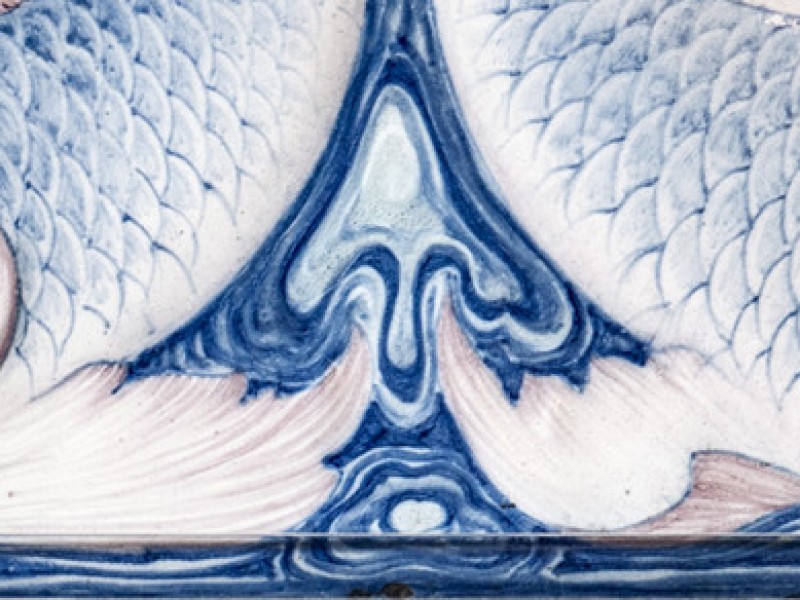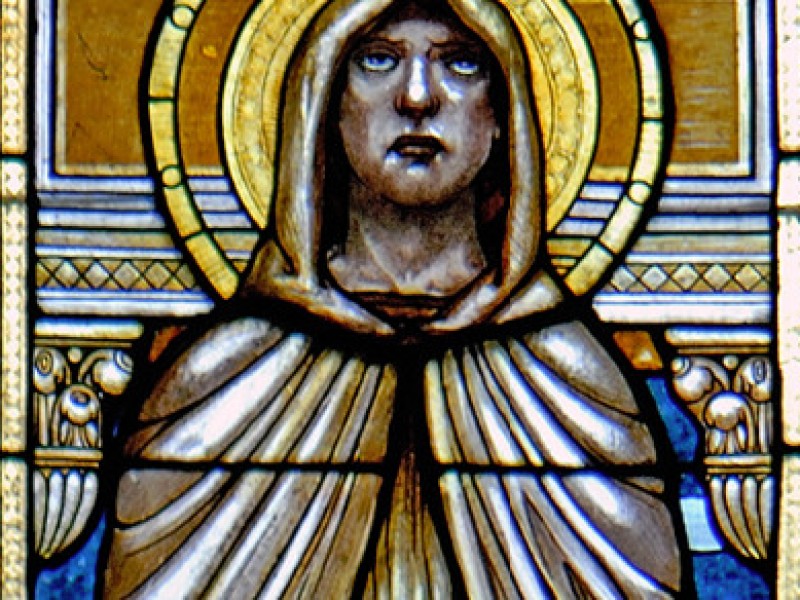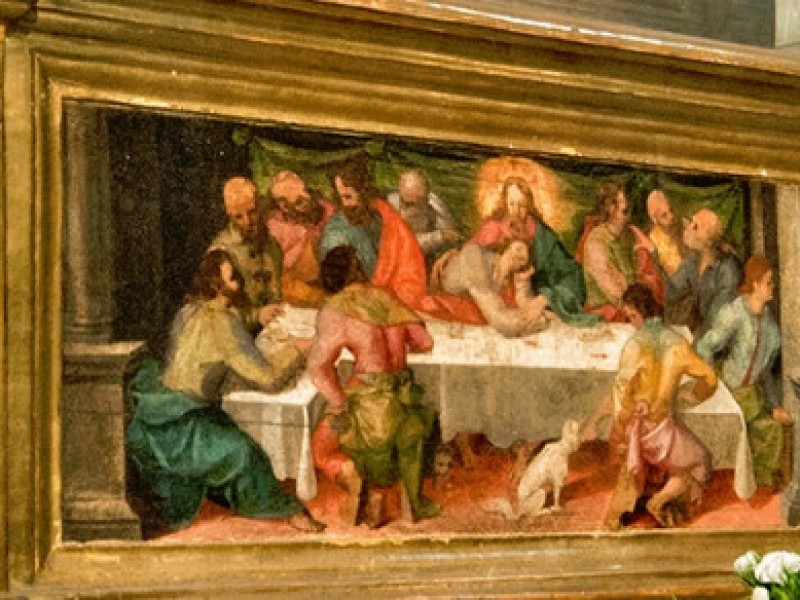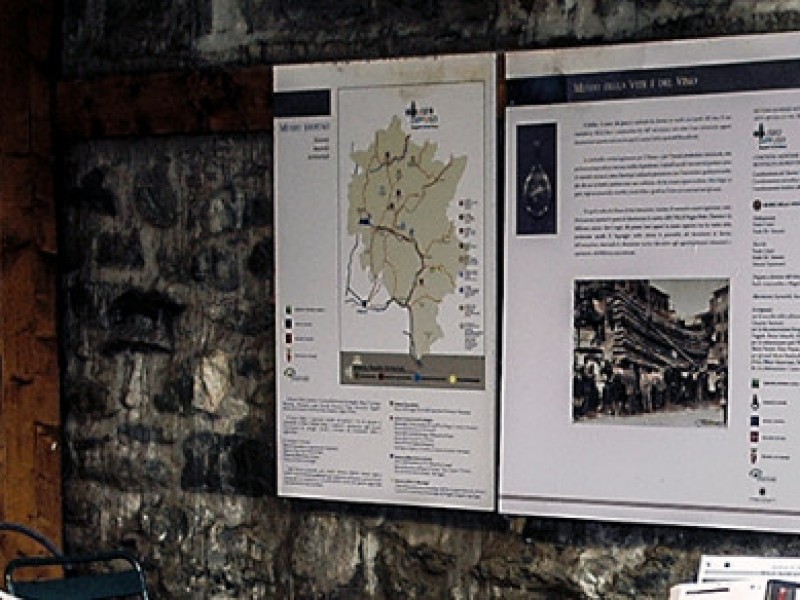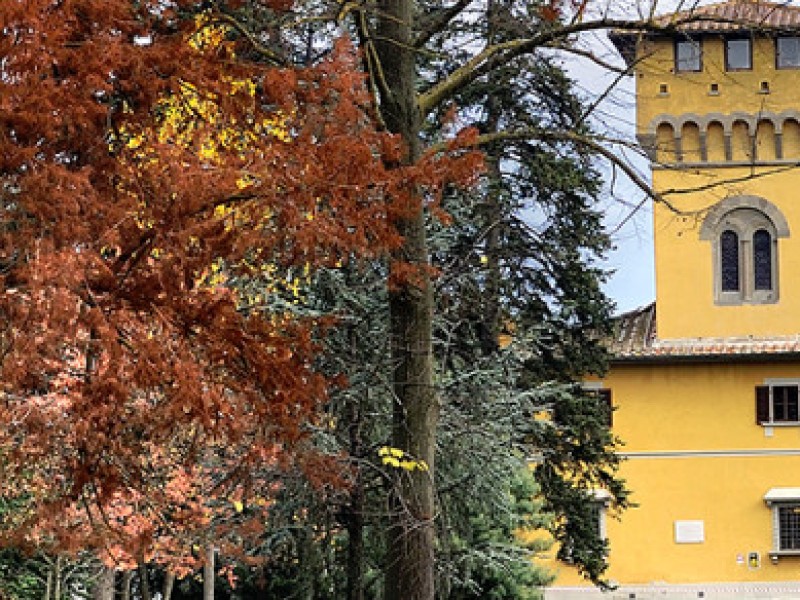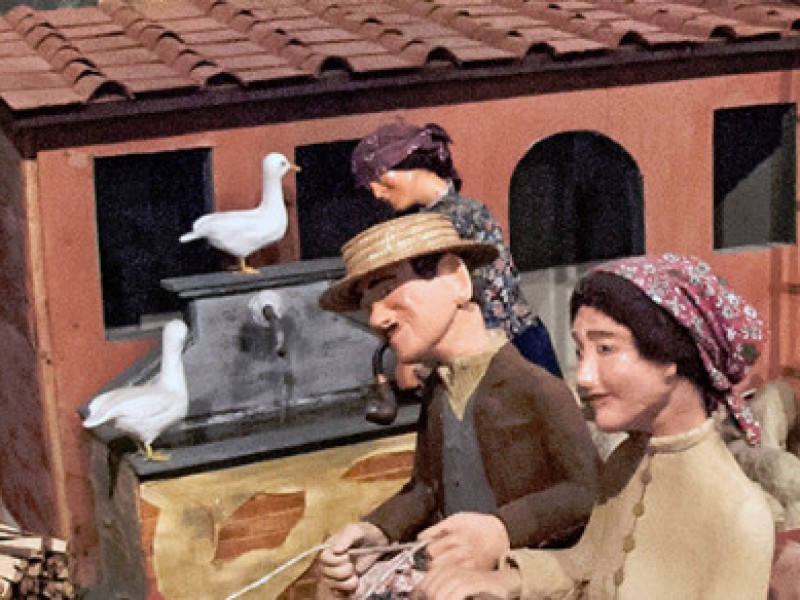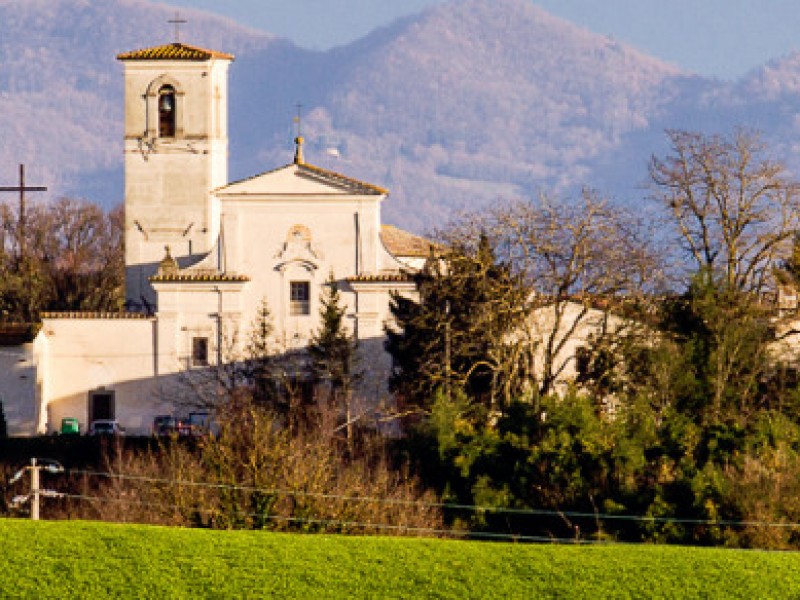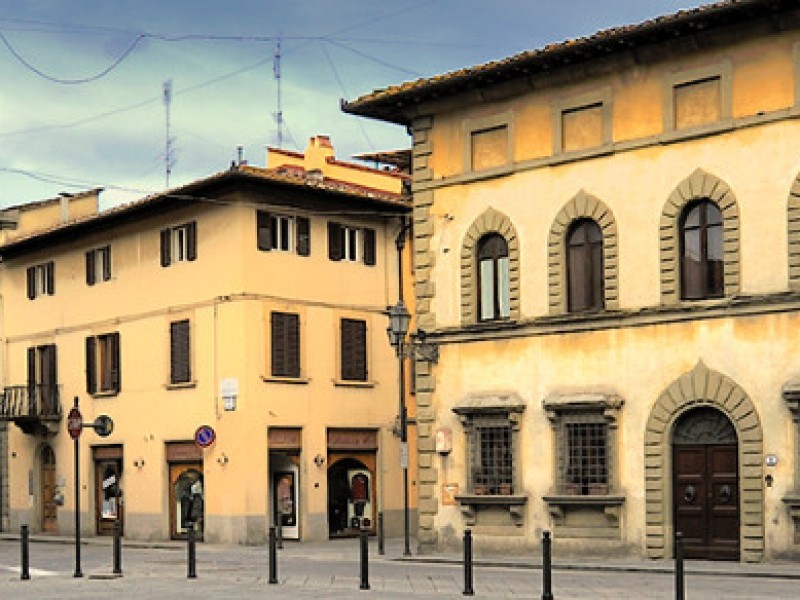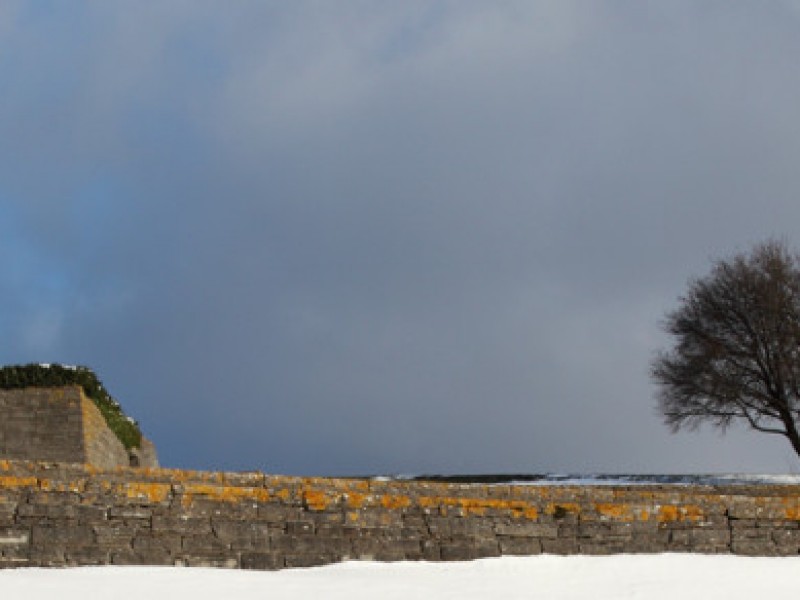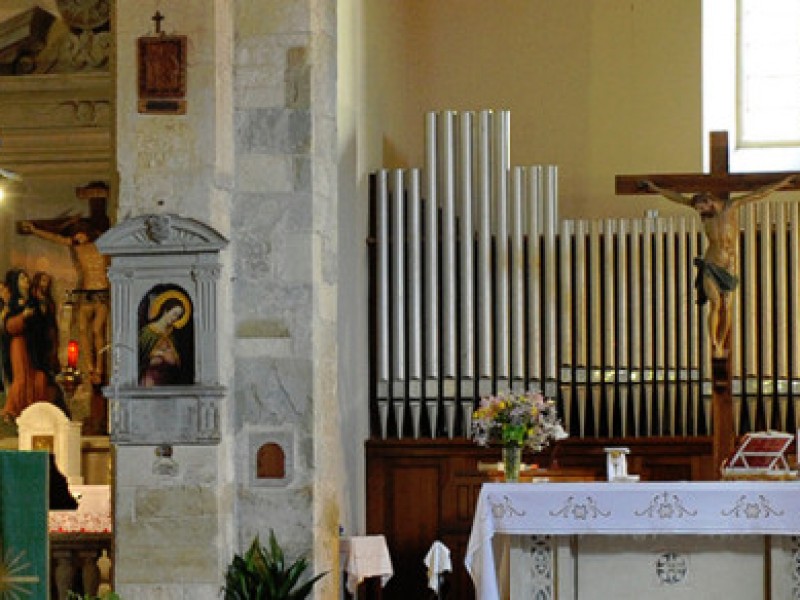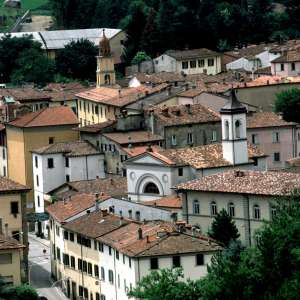 A view of Marradi
A view of Marradi
Beyond the Colla Pass, on the Tuscan side of the Apennines that overlook Romagna, we find Marradi. It rises on the banks of the Lamone River which flows into Ravenna. The central position of the town, situated between Florence, Faenza and the Adriatic coast, contributed to the urban development and the growth of the town in the past. In fact, travellers who reach Marradi by train, along the magical Faentina Railway line, are always pleasantly surprised by the make-up of the town, which sees beautiful streets lined in villas and elegant Palazzi much more similar to those of an important city such as Florence than a remote mountain town. This was mostly due to exiled noble families like the Fabroni from Pistoia or the Torriani from Milano, who were determined to live in the same luxury they had been used to in their cities of origin.
Palazzo Torriani, built in the 16th century and beautifully restored, is a perfect example. The inside presents magnificent decorations by Galileo Chini and a canvas by Silvestro Lega. Another example of the town’s splendid past stands not far off: it is the Teatro degli Animosi. The town centre is enchanting with its Piazza Le Scalelle, surrounded by the fabulous loggia of Palazzo Comunale and the Chiesa del Suffragio. Across the bridge over the Lamone River, we find Chiesa di San Lorenzo and the breathtaking 15th century works by the Maestro di Marradi, who in 1475, roughly, studied with Domenico Ghirlandaio.
It must not be forgotten that Marradi was also the home and birthplace of the famous poet Dino Campana, author of the “Orphic Chants”. In the cultural centre dedicated to his life and works we find the Centro Studi Campaniani (Campana Research Centre), a point of reference for scholars and students from all over the world (www.dinocampana.it).
In Marradi the Archpriestly Church of St. Lorenzo was reconstructed in the 18th century in neoclassic style and holds paintings by the Master of Marradi (Ghirlandaio's pupil) who worked in Badia del Borgo at the end of the 15th century. Tel. +39 055 8045024. Free guided visits organised by Prof.ssa Livietta Galeotti Pedulli only on reservation: +39 339 4988933
Badia del Borgo was an important monastic community founded in the 11th century. Its solid square bell tower maintains a typically Romanesque aspect.
Finally there is S. Maria Nascente Church at Crespino sul Lamone, documented in 1097; the church displays a 14th century Madonna attributed to Jacopo del Casentino, an artist influenced by Giotto. Info: 055 804709













